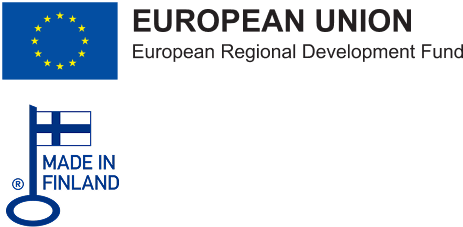A few days ago, GeoMarketing released an article written by David Kaplan, which questioned, whether consumers should be educated about what iBeacons are (link). According to a survey undertaken by First Insight in the US last summer, out of the 1085 customers polled, 70% had never heard of the term “iBeacon” before. The article concludes that this is not a real threat to retailers, but instead, recommends them to focus on the benefits that beacons and other location technologies provide to end users.
I was shocked by the article. Not because I would disagree with what Kaplan argues –quite the contrary – but because I could not have imagined that iBeacons are so well-known by average passers-by yet. 30% of people have already heard of iBeacons. Wow, that’s great news! Considering the ocean of navigation technologies that has popped out during the last couple of years (see our previous blog post) I find it phenomenal that consumers are even trying to keep up!
Furthermore, it is not negative that 70% of people are unfamiliar with the technology. I agree with Kaplan in how we should not be wasting our efforts in educating consumers about different technologies we are using, but focus on creating applications and solutions that will actually provide something beneficial to them. The point of technology is not to be a gimmick or a chore, but to serve a function and ultimately improve our quality of life. And the more automatically that happens, the better.
Let’s compare beacons with an earlier technology, QR-codes. The reason why I had a great personal dislike towards QR-codes was the way they functioned. To start with, you had to place QR-codes in conspicuous places in order for your visitors to notice them. Your visitors then, if they indeed did discover one and somehow deduced from the context that the contents that it will provide will somehow be appealing to them, had to take out their mobile phones, open a scanning application, try to hold the device still while aiming at the code and wait for the miracle to happen. Handy, right!
As QR-codes required the end users to recognize them and take specific steps, a great deal of consumer education had to take place. Their out-of-ordinary appearance was supposed to draw attention to them from the overall setting or advertisement they were situated in and attract consumers to scan them to reveal the secrets hidden behind them. To make the situation even worse, a lot of the QR-codes I tried, led to a website with a couple of sentences, which could have just been written in the advert or sign instead of the QR-code. Instead of providing any real assistance, QR-codes were a technology for technology’s sake.
The real benefit of beacons (and other automatic location technologies) is that they don’t require any actions from the end user. Instead of having to browse the walls looking for specific signs or devices, the consumers can focus on looking for the items they actually need. The location-specific information that is relevant to them in that exact position will reach them automatically without effort. If the consumer wishes to receive that message, they can simply take out their mobile phone. And what’s even better – beacons can be used for so much more than just delivering advertisements. With some added intelligence, beacons may be used to automatize and customize the entire visit to the shopping centre, gym, library, public transport and so forth. As the consumers don’t need to see the beacons for them to work, they neither need to know what exactly they are and how they function. Unless they are actually interested in technology, it is perfectly enough for most of the population to know that the application utilizes location information to improve their experience.
The most crucial point about using beacons is making sure that they don’t become just another advertisement trick. Technology that remains a gimmick, attracts people to try it once or twice, but without serving any proper purpose, the interest fades away and the technology becomes redundant. If we want to be able to enjoy the analytics and advertising channel that beacons provide, we must make sure that we are also offering something useful for the end users themselves.




